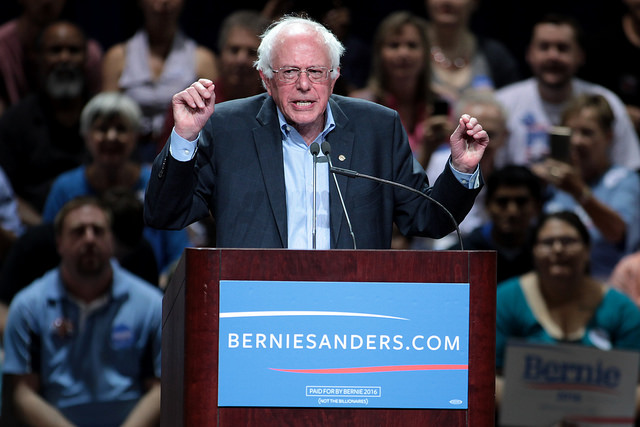
Faith Grappone never had to deal with the burdens of student debt while earning her undergraduate degree at SUNY New Paltz. But after pursuing a Master’s degree during the fall of 2013 at home on Long Island, she is now left with $18,000 in debt for a degree she never received.
Upon spending a year in graduate school, Grappone decided that forensic linguistics simply wasn’t a good fit and terminated her time as a graduate student.
Eighteen Grand later, she feels hesitant to pursue a Master’s degree in speech pathology, a specialty where more of her passion lies.
“It’s frustrating to know that enrolling in another program would leave me with more debt,” she said. “[The thought of] accumulating more debt is preventing me from pursuing anything else.”
And she is certainly not the only person in America left with the inconvenient weight of paying off student loan debt. According to debt.org, America’s Debt Help organization, nearly 40 million Americans are left with this heavy burden. Having reached a record high of $1.2 trillion in 2014, student loan debt continues to rise by $3,000 every second.
As student debt continues to be a hefty national burden, millions of Americans — especially millennials — are looking at the Democratic presidential candidates for a beam of hope.
Democratic candidates such as Bernie Sanders, Martin O’Malley, Hillary Clinton and Lincoln Chafee have proposals for debt-free and/or tuition-free college as well as increasing government spending and funding toward higher education.
“This is the first time during a presidential election that we are seeing student debt as a central issue,” said political science professor Scott Minkoff.
Minkoff believes that the biggest issue people with student debt face — —aside from the debt itself — is the fact that none of these Democratic proposals can be put into place with a majority of Republicans in Congress.
Maureen Logan-Bremer, director of financial aid at SUNY New Paltz, agreed with Minkoff.
“Ultimately, we don’t know who will win the presidency,” she said. “We can’t foresee the outcome. The idea of Bernie Sanders’ and Hillary’s student debt plans may be unrealistic in wholesale but in politics there is always give and take.”
The fact of the matter is that student debt remains on a constant incline, which leaves students like Grappone left to worry about what their fiscal futures may have in store for them.
“Students coming out of college don’t have an income to pay back their student debt,” said economics professor Edith Kuiper. “If student debt is not forgiven, it will continue to grow exponentially.”
Scarily enough, Kuiper is right. According to demos.org, an American public policy organization, student debt levels are expected to rise to $2 trillion by 2025 if the current borrowing patterns continue.
According to Logan-Bremer, most graduates of New York State schools like SUNY New Paltz end up with an average student loan debt of about $21,000-23,000.
“A lot of people defer repayment of a debt, but it hangs over their heads as an obligation,” she said. “That debt makes students decide where to live and what kinds of jobs they’ll look for.”
A major concern for students is earning a degree and not using it after graduation, just as in Grappone’s case. Kelsey Ryan, a fourth-year double major in international relations and sociology, can attest to this problem.
“Coming out of college, it’s so hard to find a job and it keeps getting harder,” Ryan said. “A lot of students have to make hard decisions based on affordability [and] they have to start working a job they don’t like just to pay their bills.”
